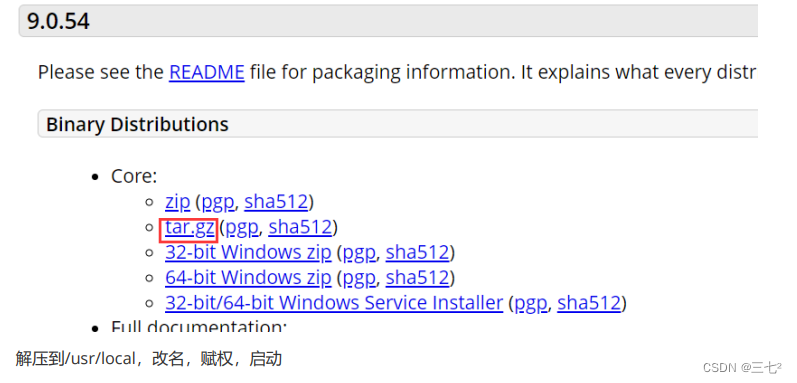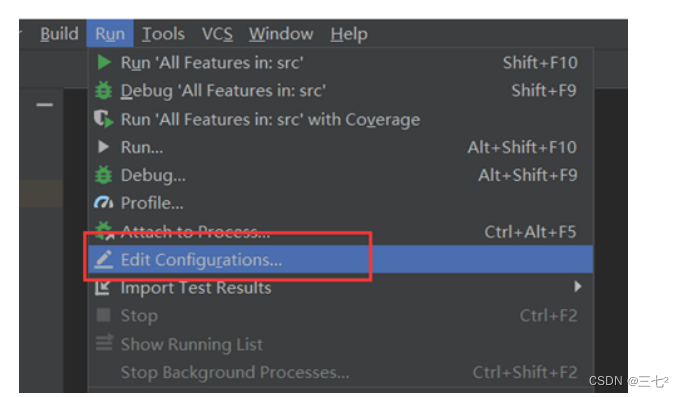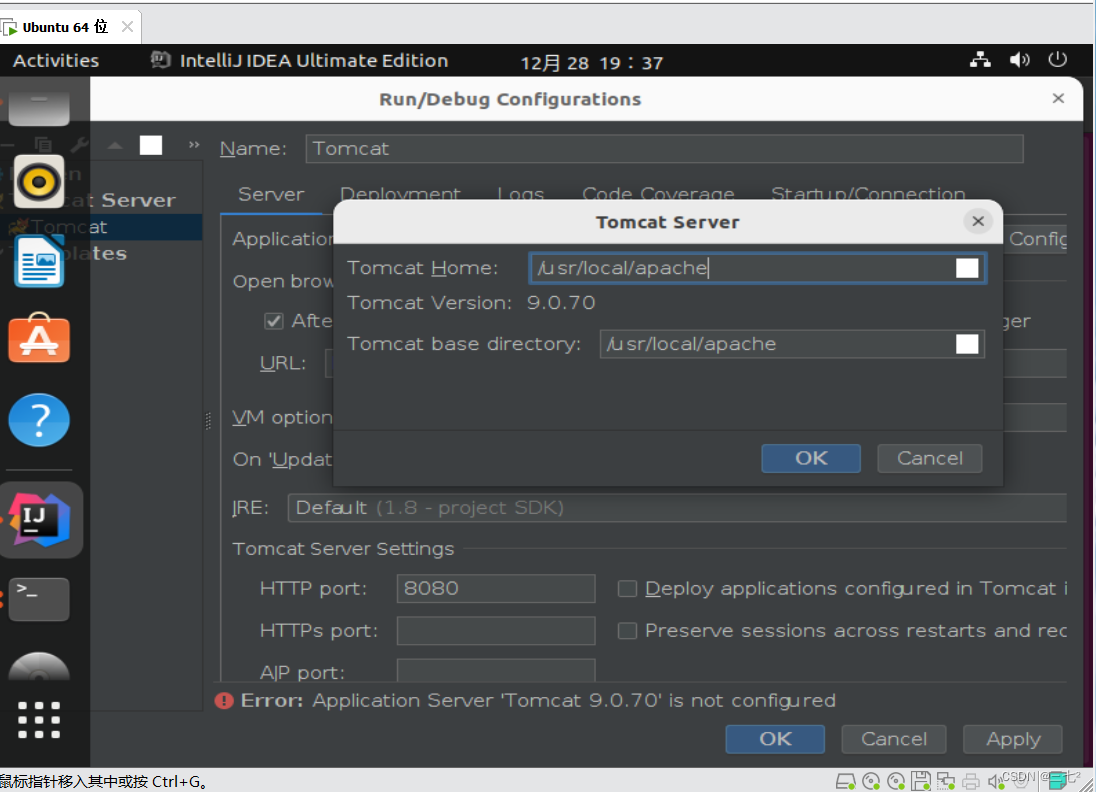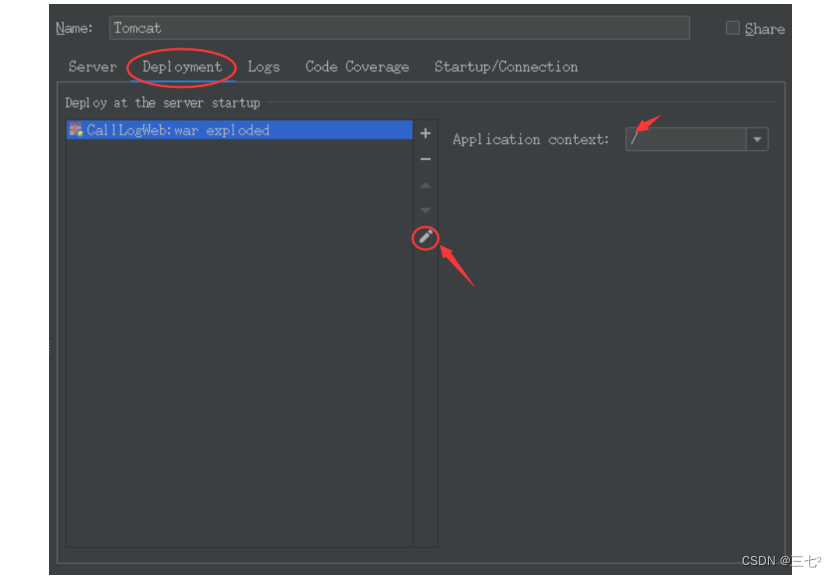一、实验目的及任务
1.1实验目的
- 认识Servlet框架
- 了解如何连接HBase数据库
- 了解如何用jsp展示数据
1.2实验任务
- 安装Tomcat
- 创建Servlet目录结构
- 编写utils层代码
- 编写entity层代码
- 编写dao层代码
- 编写service层代码
- 编写action层代码
- 编写前端jsp页面
二、实验环境
- Ubuntu16.04系统;
- 用户账号:stu/stu123;管理员:root/root123
- idea-2018.2.8-Linux without JBR
- Tomcat-9.0.54
三、实验步骤
1.安装Tomcat
tomcat官网下载地址:https://tomcat.apache.org/download-90.cgi

$ sudo tar -zxvf ./apache-tomcat-9.0.70.tar.gz -C /usr/local
$ cd /usr/local
$ sudo mv ./apache-tomcat-9.0.70 ./apache
$ sudo chown -R zxb:zxb ./apache
访问localhost:8080,检测是否能够正常运行
$ cd /usr/local/apache/bin
$ nohup ./startup.sh &
到火狐浏览器里面访问localhost:8080


2.创建Servlet目录结构
进入CallLogWeb模块,并添加Web支持和Maven支持,完整的Maven依赖如下:
<?xml version="1.0" encoding="UTF-8"?>
<project xmlns="http://maven.apache.org/POM/4.0.0"
xmlns:xsi="http://www.w3.org/2001/XMLSchema-instance"
xsi:schemaLocation="http://maven.apache.org/POM/4.0.0
http://maven.apache.org/xsd/maven-4.0.0.xsd">
<modelVersion>4.0.0</modelVersion>
<groupId>com.project</groupId>
<artifactId>CallLogWeb</artifactId>
<version>1.0-SNAPSHOT</version>
<repositories>
<repository>
<id>alibaba</id>
<url>https://mvnrepository.com/artifact/</url>
</repository>
</repositories>
<properties>
<maven.compiler.source>8</maven.compiler.source>
<maven.compiler.target>8</maven.compiler.target>
</properties>
<dependencies>
<dependency>
<groupId>org.apache.hbase</groupId>
<artifactId>hbase-client</artifactId>
<version>2.2.2</version>
</dependency>
<dependency>
<groupId>junit</groupId>
<artifactId>junit</artifactId>
<version>4.11</version>
</dependency>
<dependency>
<groupId>javax.servlet</groupId>
<artifactId>javax.servlet-api</artifactId>
<version>3.1.0</version>
</dependency>
<dependency>
<groupId>com.alibaba</groupId>
<artifactId>fastjson</artifactId>
<version>1.2.78</version>
</dependency>
<dependency>
<groupId>mysql</groupId>
<artifactId>mysql-connector-java</artifactId>
<version>8.0.15</version>
</dependency>
</dependencies>
</project>然后在java目录下,创建如下的包:
1.编写utils层代码
Util是utiliy的缩写,是一个多功能、基于工具的包。如字符串处理、日期处理等,(建立数据库之间的连 接),例如与HBase、mysql等服务器的连接
在utils下创建HBaseUtils.java
package com.project.utils;
import org.apache.hadoop.conf.Configuration;
import org.apache.hadoop.hbase.client.Connection;
import org.apache.hadoop.hbase.client.ConnectionFactory;
public class HbaseUtils {
private static Configuration configuration = null;
private static Connection connection = null;
//static 静态代码块,加载类时执行一次且只执行一次
static {
try {
configuration = new Configuration();
//zookeeper服务器的地址
configuration.set("hbase.zookeeper.quorum","localhost:2181");
connection = ConnectionFactory.createConnection(configuration);
}catch (Exception e){
e.printStackTrace();
}
}
public static Connection getConnection(){
return connection;
}
}
2.编写entity层代码
entity层主要存放封装的数据结构类
在entity下创建CallLog.java
package com.project.entity;
import java.text.SimpleDateFormat;
/**
* 通话记录的全部信息
*/
public class CallLog {
private String caller ;
private String callee ;
private String callDate ;
private String callDuration ;
private boolean flag;
public boolean isFlag() {
return flag;
}
public void setFlag(boolean flag) {
this.flag = flag;
}
public String getCaller() {
return caller;
}
public void setCaller(String caller) {
this.caller = caller;
}
public String getCallee() {
return callee;
}
public void setCallee(String callee) {
this.callee = callee;
}
public String getCallDate() {
//格式化时间
try {
SimpleDateFormat sf1 = new SimpleDateFormat();
SimpleDateFormat sf2 = new SimpleDateFormat();
sf1.applyPattern("yyyyMMddHHmmss");
sf2.applyPattern("yyyy-MM-dd HH:mm:ss");
return sf2.format(sf1.parse(callDate));
}catch (Exception e){
e.printStackTrace();
}
return null;
}
public void setCallDate(String callDate) {
this.callDate = callDate;
}
public String getCallDuration() {
return callDuration;
}
public void setCallDuration(String callDuration) {
this.callDuration = callDuration;
}
}3.编写dao层代码
dao层叫数据访问层,全称为data access object,属于一种比较底层,比较基础的操作,具体到对于某 个表、某个实体的增删改查,对外提供稳定访问数据库的方法
在dao/callLog下创建CallLogDao.java接口
package com.project.dao.callLog;
import com.project.entity.CallLog;
import java.util.List;
public interface CallLogDao {
List<CallLog> findCallLogs();
}
创建CallLogDaoImpl.java实现接口
package com.project.dao.callLog;
import com.project.entity.CallLog;
import com.project.utils.HbaseUtils;
import org.apache.hadoop.hbase.TableName;
import org.apache.hadoop.hbase.client.*;
import org.apache.hadoop.hbase.util.Bytes;
import java.util.ArrayList;
import java.util.Iterator;
import java.util.List;
public class CallLogDaoImpl implements CallLogDao{
@Override
public List<CallLog> findCallLogs(){
List<CallLog> list = new ArrayList<CallLog>();
Connection connection = HbaseUtils.getConnection();
try {
HTable table =
(HTable)connection.getTable(TableName.valueOf("ns1:calllog"));
Scan scan = new Scan();
ResultScanner rs = table.getScanner(scan);
Iterator<Result> it = rs.iterator();
boolean flag = false;
CallLog log = null ;
while(it.hasNext()){
log = new CallLog();
Result r = it.next();
String rowKey = Bytes.toString(r.getRow());
String[] row = rowKey.split(",");
flag = row[3].equals("1");
log.setCallDate(row[2]);
log.setCallee(row[4]);
log.setCaller(row[1]);
log.setCallDuration(row[5]);
log.setFlag(flag);
list.add(log);
}
return list ;
} catch (Exception e) {
e.printStackTrace();
}
return null;
}
}
4.编写service层代码
Service是管理具体的功能的接口
在service/callLog下创建CallLogService.java接口
package com.project.service.callLog;
import com.project.entity.CallLog;
import java.util.List;
public interface CallLogService {
List<CallLog> findAllCallLogs();
}
创建CallLogServiceImpl.java实现接口
package com.project.service.callLog;
import com.project.dao.callLog.CallLogDao;
import com.project.dao.callLog.CallLogDaoImpl;
import com.project.entity.CallLog;
import java.util.List;
public class CallLogServiceImpl implements CallLogService{
private CallLogDao callLogDao = new CallLogDaoImpl();
@Override
public List<CallLog> findAllCallLogs(){
return callLogDao.findCallLogs();
}
}
5.编写action层代码
action层主要存放Servlet控制器,用于向前端页面传输数据
在action下创建CallLogFindAllServlet.java
package com.project.action;
import com.project.entity.CallLog;
import com.project.service.callLog.CallLogService;
import com.project.service.callLog.CallLogServiceImpl;
import javax.servlet.ServletException;
import javax.servlet.annotation.WebServlet;
import javax.servlet.http.HttpServlet;
import javax.servlet.http.HttpServletRequest;
import javax.servlet.http.HttpServletResponse;
import java.io.IOException;
import java.util.List;
@WebServlet(name = "Controller_getAll", urlPatterns = "/getAll")
public class CallLogFindAllServlet extends HttpServlet {
//关联service层
private CallLogService callLogService = new CallLogServiceImpl();
@Override
protected void doGet(HttpServletRequest req, HttpServletResponse resp)
throws ServletException, IOException {
List<CallLog> callLogs =callLogService.findAllCallLogs();
//将数据库获取的数据保存到request范围内
req.setAttribute("callLogs", callLogs);
//转发到目标页面,使得数据信息能在前端页面显示
req.getRequestDispatcher("callLogs.jsp").forward(req,resp);
}
}
6.编写jsp前端页面
接收到数据后,以循环的方式在列表中展现
在web下创建callLogs.jsp
<%--
Created by IntelliJ IDEA.
User: zxb
Date: 22-12-28
Time: 下午7:28
To change this template use File | Settings | File Templates.
--%>
<%@ page import="java.util.ArrayList" %>
<%@ page import="com.project.entity.CallLog" %>
<%@ page import="java.util.List" %>
<%@ page contentType="text/html;charset=UTF-8" language="java" %>
<html>
<head>
<title>所有通话记录</title>
<link rel="stylesheet" type="text/css" href="./css/my.css">
</head>
<body>
<%
List<CallLog> callLogs = (ArrayList)(request.getAttribute("callLogs")); //获取数据
%>
<table id="t1" border="1px" class="t-1" style="width: 800px">
<tr>
<td>电话1</td>
<td>电话2</td>
<td>主(被)叫</td>
<td>通话时间</td>
<td>通话时长</td>
</tr>
<%
for(int i=0; i<callLogs.size(); i++){
CallLog callLog = callLogs.get(i);
%>
<tr>
<td><%= callLog.getCaller() %></td>
<td><%= callLog.getCallee() %></td>
<td><%= callLog.isFlag() %></td>
<td><%= callLog.getCallDate() %></td>
<td><%= callLog.getCallDuration() %></td>
</tr>
<%
}
%>
<tr>
<td colspan="7" style="text-align: right">
</td>
</tr>
</table>
</body>
</html>
css样式文件
在web/css下创建my.css
body{
border : 1px solid blue ;
margin: 0px;
/*background-color: aquamarine;*/
}
table {
border: 1px solid cadetblue;
border-collapse: collapse;
width: 400px;
margin: 50px auto;
}
table td {
text-align: center;
height: 45px;
}
table tr:nth-child(even) {
background-color: beige;
}
3.配置idea中的tomcat
节选自https://blog.csdn.net/wsjzzcbq/article/details/89463304
点击Run---EDit Configurations...

点击左侧“+”号,找到Tomcat Server---Local(若是没有找到Tomcat Server 可以点击最后一行 34 items more)

自定义Name,点击 Configuare,添加本地 Tomcat 路径,修改默认浏览器为火狐

Tomcat Server 的路径是这样的,这是, 自己安装的tomcat的路径

点击 Deployment,添加项目,点击+号
选择需要添加 tomcat 的项目;右侧 Application content,可以设置访问路径名,这里使用 / (即没有 路径名),读者可自行设置


(已经启动hdfs和hbase的环境下)点击运行

在弹出的网页输入url,localhost:8080/getAll
我这里是8080端口被占用了,改了8089端口,不影响

后端简单的数据展示部分成功。
四、额外内容(加分项)
- 利用表单等api实现查询功能,可以使用HBase原生语言,也可以 Hive关联HBase
- 统计数据,进行可视化分析
- 实现网络页面的实时更新





















 111
111











 被折叠的 条评论
为什么被折叠?
被折叠的 条评论
为什么被折叠?








